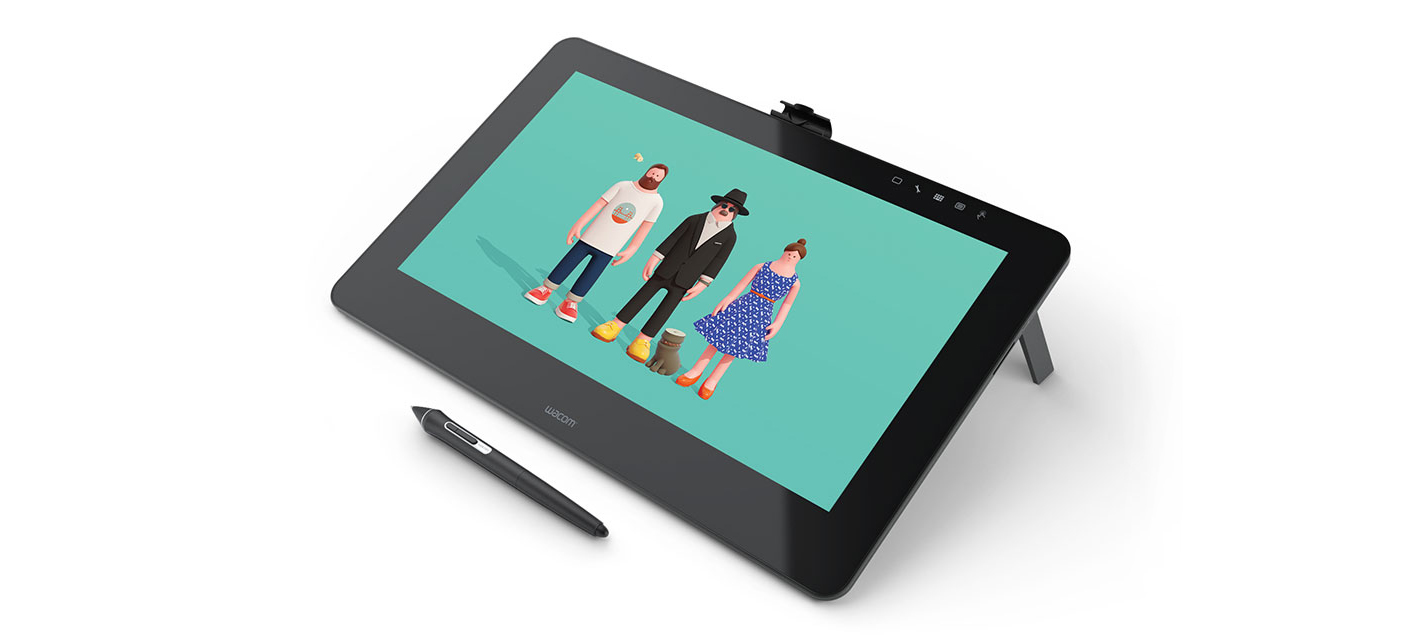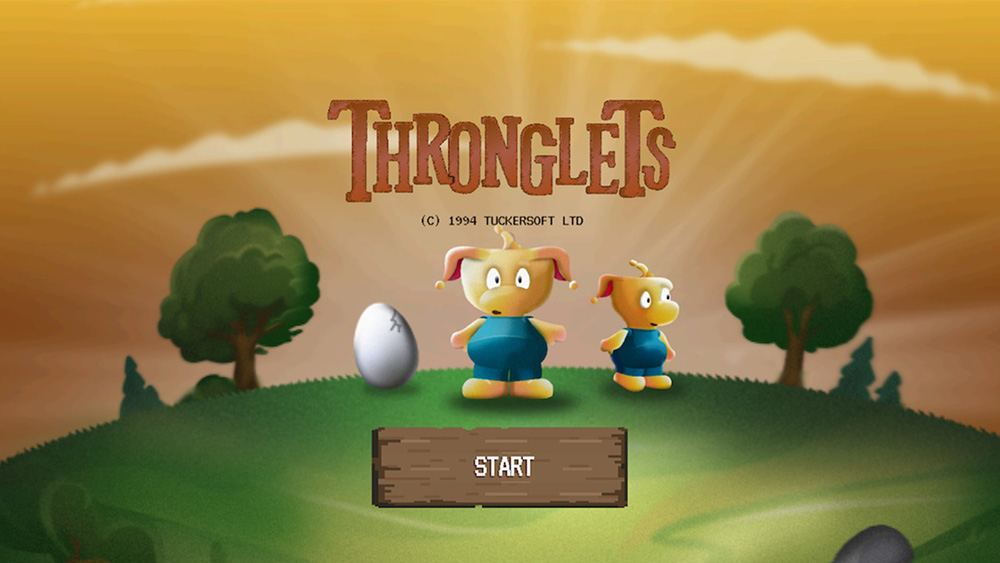Our Verdict
It was hard to imagine where improvements could be made to this kind of technology, but Wacom has managed it, with a more natural experience, on a beautifully crafted device that has a much better screen than previous models.
For
- Excellent resolution
- Good colour accuracy
- Wacom Pro Pen 2 is comfortable and accurate
Against
- Built-in legs are good but not adjustable
- For physical buttons you must purchase the remote
Why you can trust Creative Bloq
Wacom has long been at the top of the game when it comes to interactive pen displays, aka graphics tablets. Wacom's Cintiq range is the premium option for artists and designers working in both 2D and 3D applications.
Wacom Cintiq Pro 13-inch
Resolution: 1920 x 1080 full HD | Colour gamut: 87% Adobe | Size: 360 x 235 x 13.9mm |Soft keys, touch input and settings
Wacom Cintiq Pro 16-inch
Resolution: 3840 x 2160 4K | Colour gamut: 94% Adobe RGB | Size: 410 x 265 x 17.5 mm |Soft keys, touch input and settings
In recent years, Wacom has produced some excellent models, with great ergonomics matched by good quality materials.
With this in mind it’s hard to see where the firm could have improved, except in perhaps reducing the cost of its creative tablets, which makes for a substantial initial investment – although the devices are hardy and stable.
However, it appears to have raised its game even further with its latest Wacom Cintiq Pro 13-inch and Wacom Cintiq Pro 16-inch models.
Wacom Cintiq Pro price and availability
Costing $999.95/£899.99 for the 13-inch and $1,499.95/£1,399.99 for the 16-inch, the new Cintiq Pros follow the same design cues, materials and pen properties as one another. They vary only in screen specifications, where the 16-inch model is 4K and the 13-inch is full HD. This makes a lot of sense at first glance, as the smaller display will still look sharp and crisp, seeing as the pixels are smaller.
However, the reality isn’t quite as clear cut. The 13-inch display is easy to live with and looks great but there is some loss in sheer smoothness of gradients and a little sacrifice in colour rendition. This doesn’t get in the way of a good painting session, but it is noticeable in comparison to the 16-inch version.
Our price widgets at the top and bottom of this article show you the best deals that our robots have found online today – or alternatively, the Wacom store offers monthly payment plans.
Wacom Cintiq Pro performance
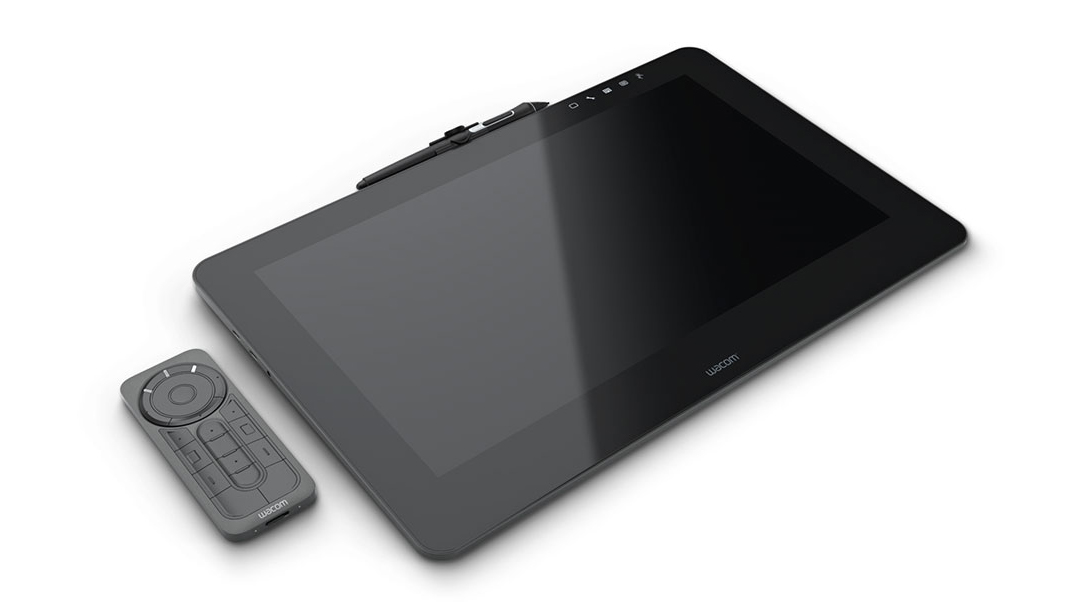
The 16-inch Wacom Cintiq Pro has a stunning 4K display. Its IPS display is colour accurate, with good contrast levels, and the pixel density is such that you don’t ever feel you’re working with a screen. This is in part due to the thickness of the screen between surface and pixels, which is minimal on both models.
There’s very little parallax – that odd artefact where, in previous models, you can see between the nib and the actual image. This, and the beautifully matte etched glass, makes for a more natural-feeling experience.
Often a hard nib and glass won't have quite the right amount of friction, but the Cintiq Pros both are a joy to work with, be it for sculpting 3D models in ZBrush or spending time doing concept work in Corel Painter or Adobe Photoshop.
Wacom Cintiq Pro accessories
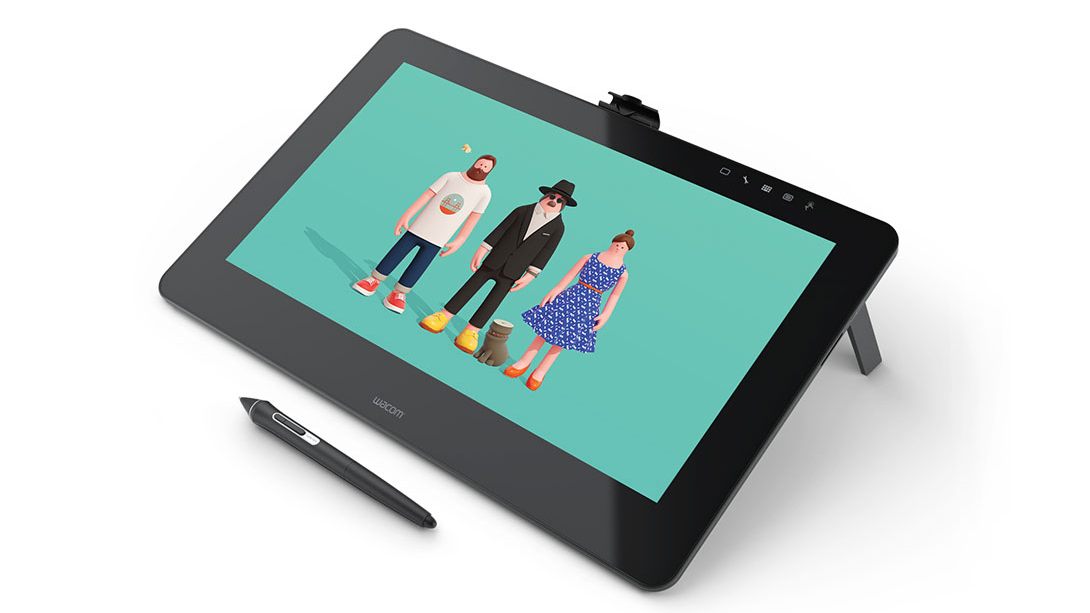
Much was said about previous Cintiq stands, little of it good, and Wacom has listened. These two models have solid fold-out legs that do a great job of supporting the tablet, even when you're leaning heavily on the screen.
They aren’t adjustable, so unfortunately you will need to shuffle into a comfortable working position, but they are set at a good 20 degrees, so will suit the majority of people. If you don’t like these legs then there is a separate stand that you can buy that provides more usability.
Like previous models these have softkeys top-right to access certain functions such as settings, keyboard and touch input. This is great and keeps the beautifully minimal device looking sleek, but some express keys would be so helpful, for those who shove the keyboard to one side to get best access to draw.
Luckily the Expresskey Remote is available as an option (for an extra $99.99/£89.99) that brings back the touch ring, multiple buttons and can be placed anywhere. It’s a great accessory, but you’ll need to factor it into your purchasing decisions.
Pro Pen 2
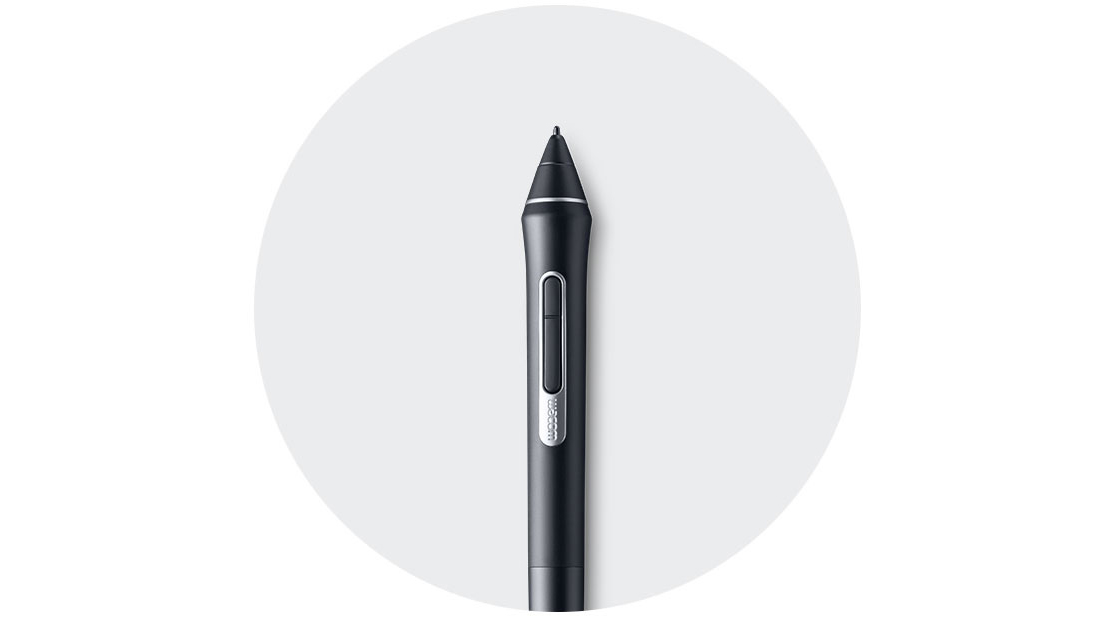
The display can be as crisp as you like but if the stylus is no good it will always be left to one side, consigned to the heap of tech so many of us have. Luckily, the Pro Pen 2 – which comes in the box – is excellent, following the same design as previous models, with a button at each end (nib and eraser) and a two-button rocker.
The soft touch rubber is comfortable and chunky enough to relieve strain on the hand for prolonged usage. This version has the tilt from previous incarnations but the sensitivity has been increased to over 8000 levels. While this may sound overkill, in use it makes a lot of sense, as the more sensitive, the more like traditional media it feels.
What’s more, it’s a battery-free device and the lag, even with large complex Photoshop brushes or sculpting with high res stamps in 3D, is minimal to the point of non-existence.
Wacom Cintiq Pro: final verdict
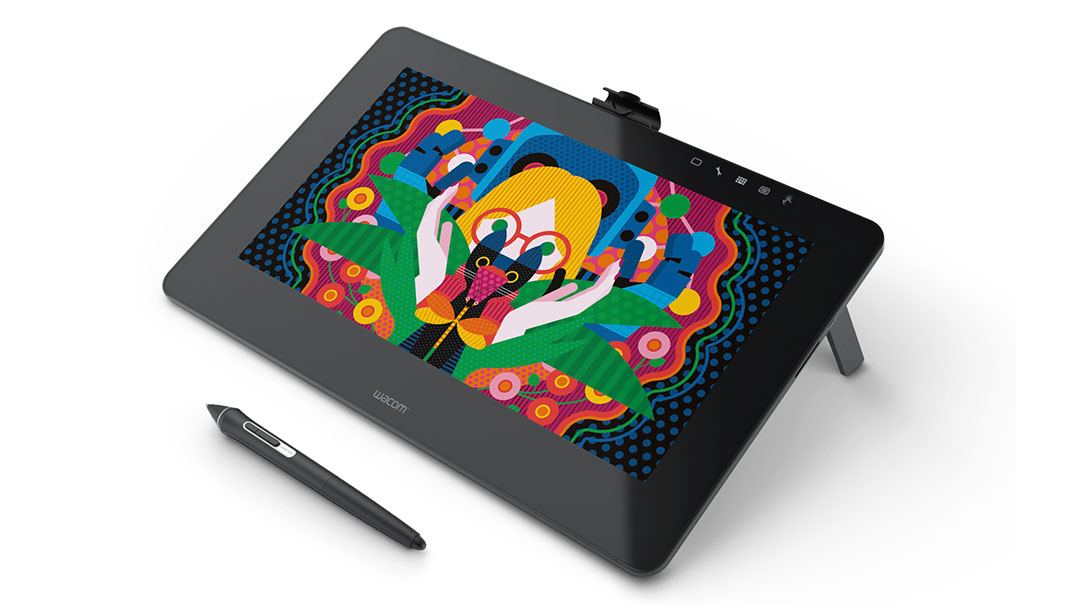
This all goes to show that, even when it looks like a developer has created a success, there is always room for improvement.
Both these Wacom Cintiq Pros are incredible machines that will aid artists and designers in a way that is effective, comfortable and in some cases inspiring. The experience is fantastic and, while the price is higher than other options, the investment is a one-time cost that's well worth making.
The 13-inch model may not leave quite the same impression as the bigger brother, but it's substantially cheaper and can be put into a bag with a laptop for working in a more portable fashion – making it perfect for location work, or simply getting out of the house to work over a coffee.
Related articles: Wacom's new Cintiq has the biggest screen yet

Thank you for reading 5 articles this month* Join now for unlimited access
Enjoy your first month for just £1 / $1 / €1
*Read 5 free articles per month without a subscription

Join now for unlimited access
Try first month for just £1 / $1 / €1
out of 10
It was hard to imagine where improvements could be made to this kind of technology, but Wacom has managed it, with a more natural experience, on a beautifully crafted device that has a much better screen than previous models.

Rob Redman is the editor of ImagineFX magazines and former editor of 3D World magazine. Rob has a background in animation, visual effects, and photography.
